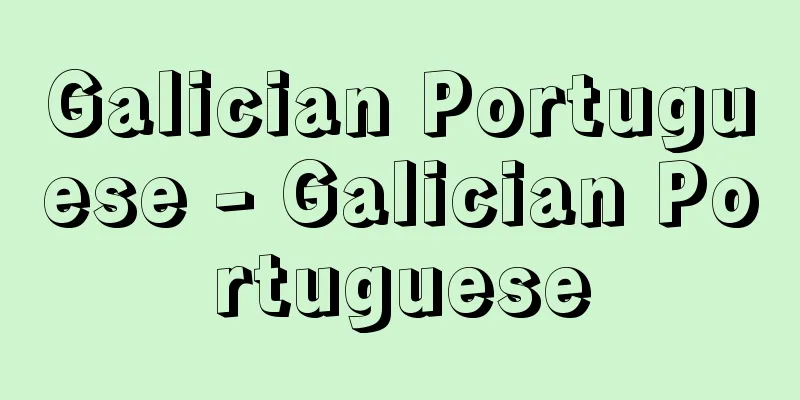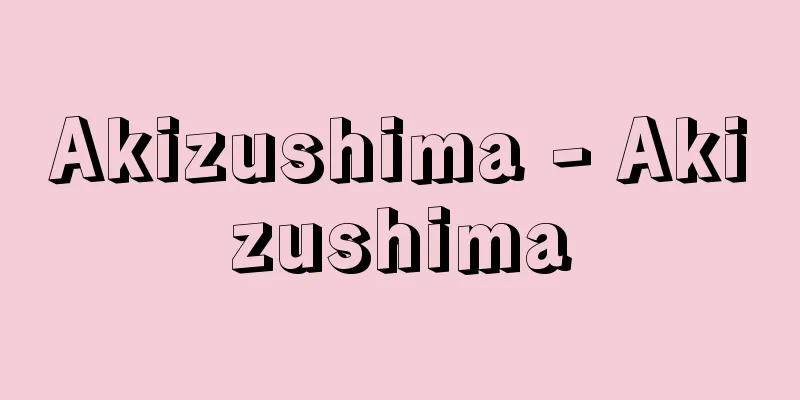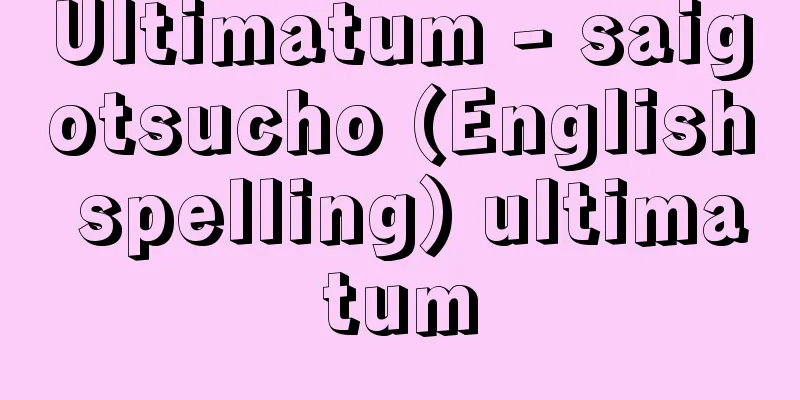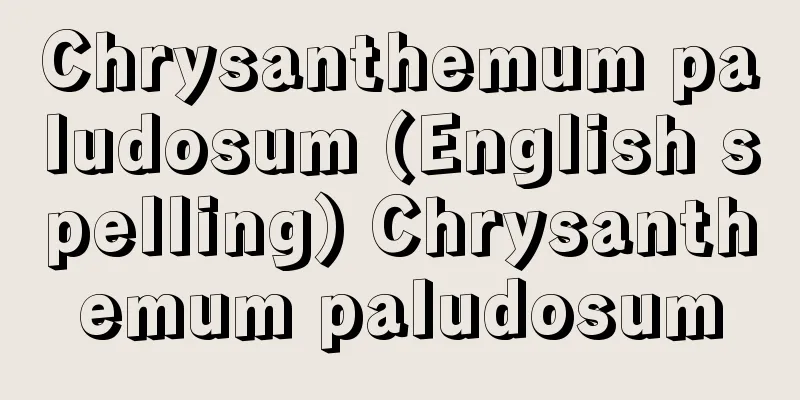Anti-Japanese Movement

|
①The Chinese nationalist movement against Japan's expansion into the continent during the Taisho and Showa periods In 1915 (Taisho 4), the Chinese people saw Japan's acceptance of the Twenty-One Demands as a national disgrace, and this began to erupt in the May 4th Movement of 1919. From the Taisho to early Showa periods, the movement was mainly aimed at boycotting Japanese goods. After the May 30th Incident, the Chinese Communist Party took the lead after the Manchurian Incident of 1931, and with the establishment of the Kuomintang-Communist Party alliance after the Xi'an Incident in 1936, the movement came together to form the anti-Japanese national united front. ②Political issues with the United States regarding immigration. Source: Obunsha Japanese History Dictionary, Third Edition About Obunsha Japanese History Dictionary, Third Edition |
|
①大正・昭和期,日本の大陸進出に反対する中国の民族運動 1915(大正4)年,日本の二十一カ条要求受諾を国辱とする中国国民の間におこり,'19年の五・四運動で爆発。大正期〜昭和初期はおもに日貨排斥(日本商品ボイコット)運動。五・三〇事件を経て,'31年の満州事変以来中国共産党が中心となり,'36年の西安事件後の国共合作成立により,抗日民族統一戦線にまとまる。 ②移民問題についてのアメリカとの政治問題。 出典 旺文社日本史事典 三訂版旺文社日本史事典 三訂版について 情報 |
Recommend
External Perception
...And this is also the basis for ontological dua...
Claw hook - Tsumakake
An accessory for footwear. It is used to protect ...
Esashi [city] - Esashi
An old city in the central south of Iwate Prefectu...
Battle of Ishigakihara
…Just before the Battle of Sekigahara, there had ...
George Ellery Hale
American astronomer. Promoted the construction of...
Raw lacquer - Kiurushi
〘 noun 〙 Lacquer that has been taken from the lacq...
The Italian Economic Miracle
…Official name: Italian RepublicRepubblica Italia...
riddle
…The word riddle comes from the question “what” a...
Noctilio leporinus
…This family has one genus and two species, both ...
Money spring - Kasen
A type of coin from the Xin dynasty of Wang Mang ...
Souma Mikuriya
The mikuriya of Ise Jingu Shrine was located in S...
Cavaignac - Louis Eugène Cavaignac
French soldier and politician. During the Restora...
Public interest
The public interest literally means the public in...
sundew
...A carnivorous plant of the genus Drosera in th...
Matteo Maria Boiardo
Italian poet. Born into a Scandinavian count'...









